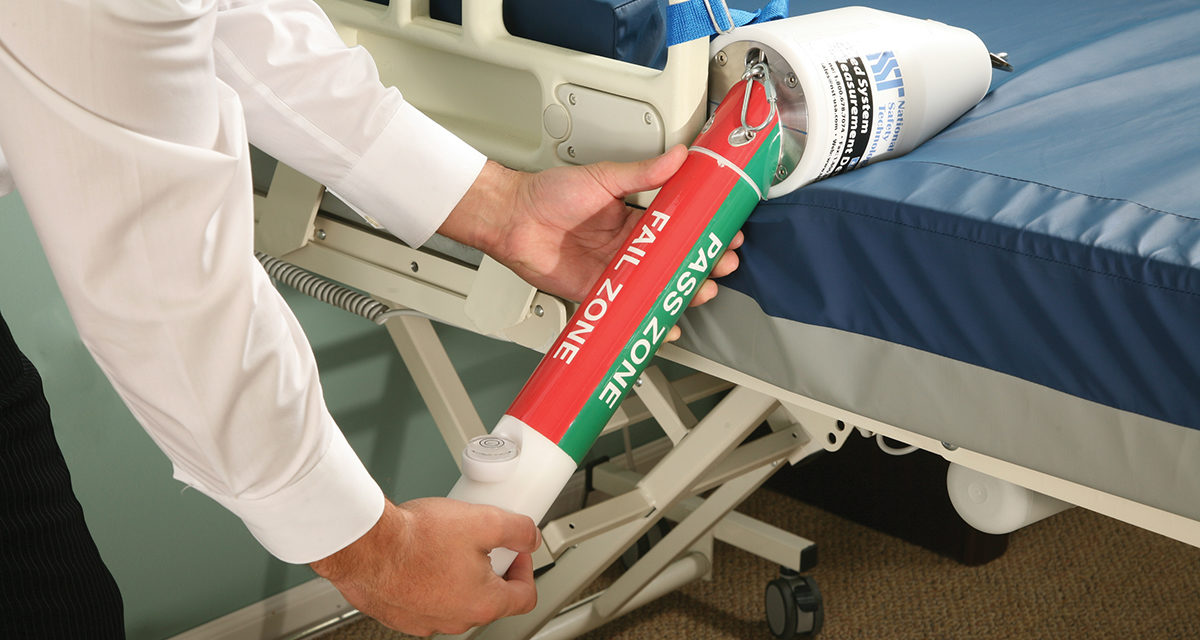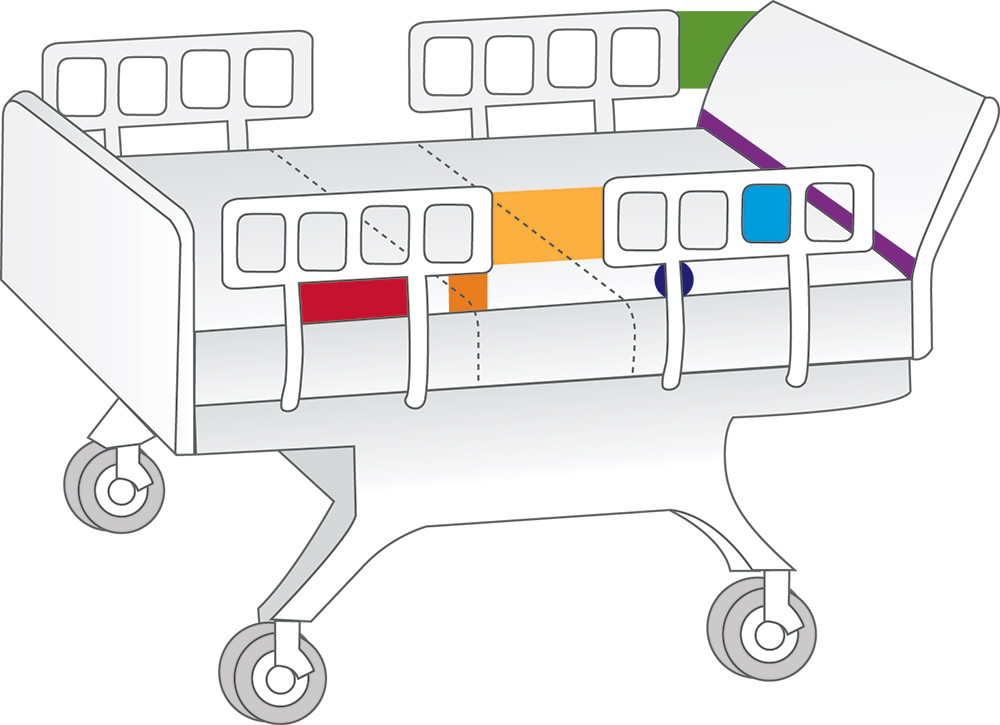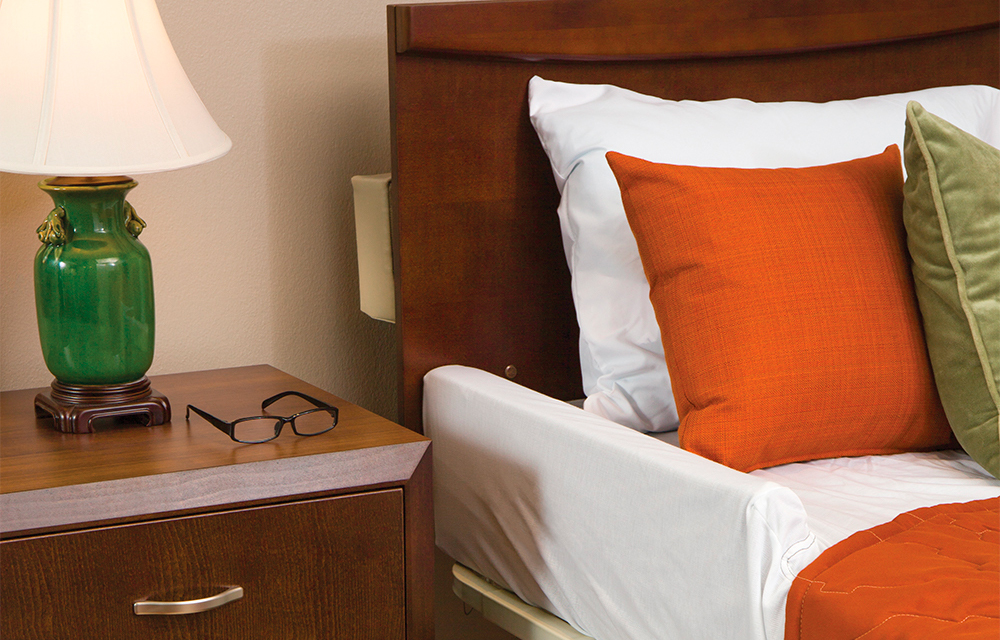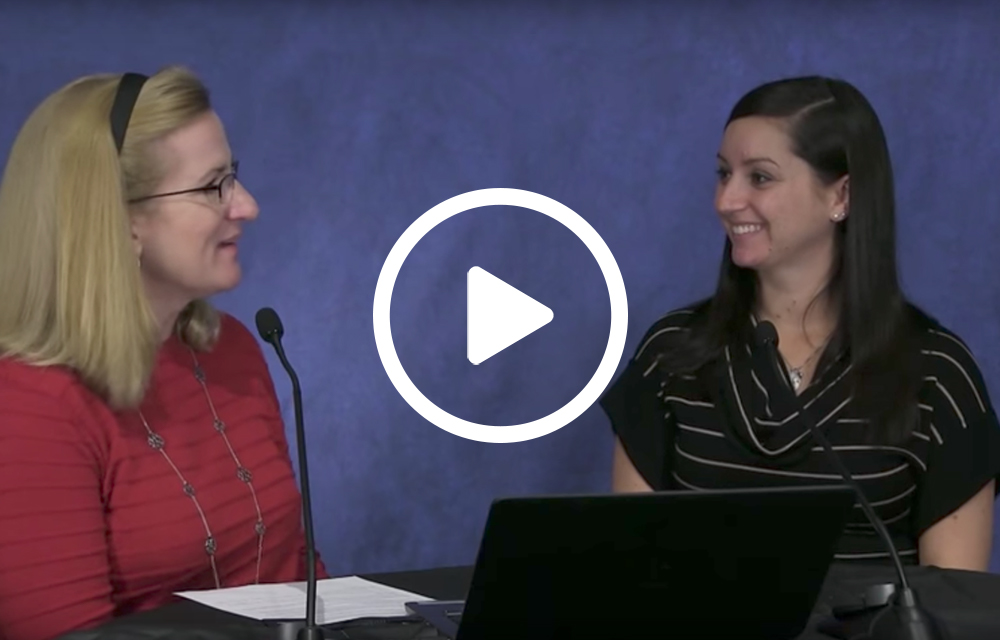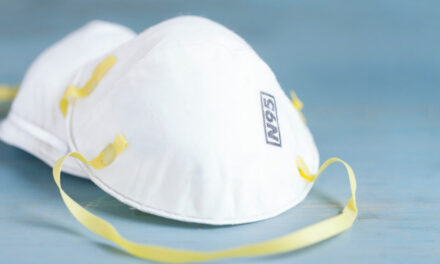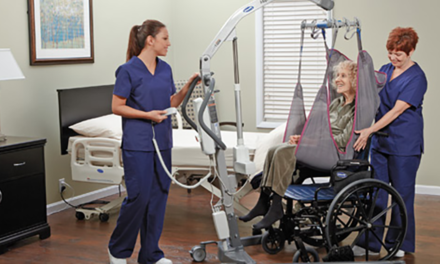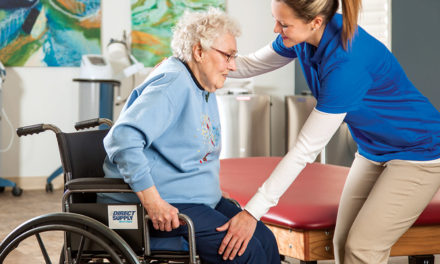The way the guidelines are being enforced is now different, notably in that each rail or assist that is used on the bed must be used for a specific reason for that resident. The interpretive guidelines also requre that appropriate alternatives are attempted prior to installing a bedrail. This is closely related to F604 and the definition of a restraint.
While CMS does not call out any specific rails, assists or handles that will meet or fail the regulations, it does state that each resident must be assessed for his or her individual need for a rail on the bed. Unfortunately, this means there is no one-size-fits-all solution. A resident must have a medical condition to allow for a rail and it must be documented in the resident’s care plan. Based on this, you should determine the appropriate assist or rail for each person, which may not be the same device throughout your building.
Related to entrapment, F-Tag 909 focuses on the physical environment of a resident’s bed. You and your staff should conduct regular inspections of all bed frames, mattresses and bedrails to identify areas of possible entrapment and ensure you are addressing this tag appropriately.
Remember that the mattress can be a reason an entrapment zone opens up. If a mattress compresses too much because the foam is too worn or it doesn’t have firm enough perimeters, the bed system could be at risk of zone 2, 3 or 4 entrapment violations. The best way to address these zones is to assess and re-assess any time there is a change to the bed system, such as changing the mattress or replacing a rail.
Make sure ALL staff members in the building are aware and trained on entrapment so they understand the importance of items like the mattress retainers of a bed. For instance, to someone in housekeeping, a mattress retainer might look like an unnecessary part of the bed that can be removed to make it easier to make the bed. Although it can be a headache for staff to make the bed and make sure the mattress is properly placed in the retainers, they serve an important purpose in helping to mitigate entrapment risks. Buildings where the housekeeping team is trained on the FDA Entrapment Guidelines find that the housekeeping team is often very effective when it comes to identifying, addressing and preventing potential entrapment situations.
As you assess your compliance with F-Tags 700 and 909, here are some questions to ask yourself:
- How do we ensure inspection of all bed frames, mattresses and bedrails, if applicable, as part of our regular maintenance program?
- Is equipment being inspected and maintained according to manufacturer’s recommendations, requirements and time frames?
- Do the mattresses fit the bed frames properly to limit entrapment zones?
- Are bedrails securely and properly installed according to manufacturer’s requirements to limit entrapment zones?
- Assess the resident. If the rail is not needed, remove it.
- If the rail is needed and documented in the care plan for a medical condition, assess the bed system for entrapment (bed system = bed, mattress, rail, mattress retainers) and gain resident consent.
- Repeat steps 1 and 2 anytime there is a change to a resident’s condition or any part of the bed system.
